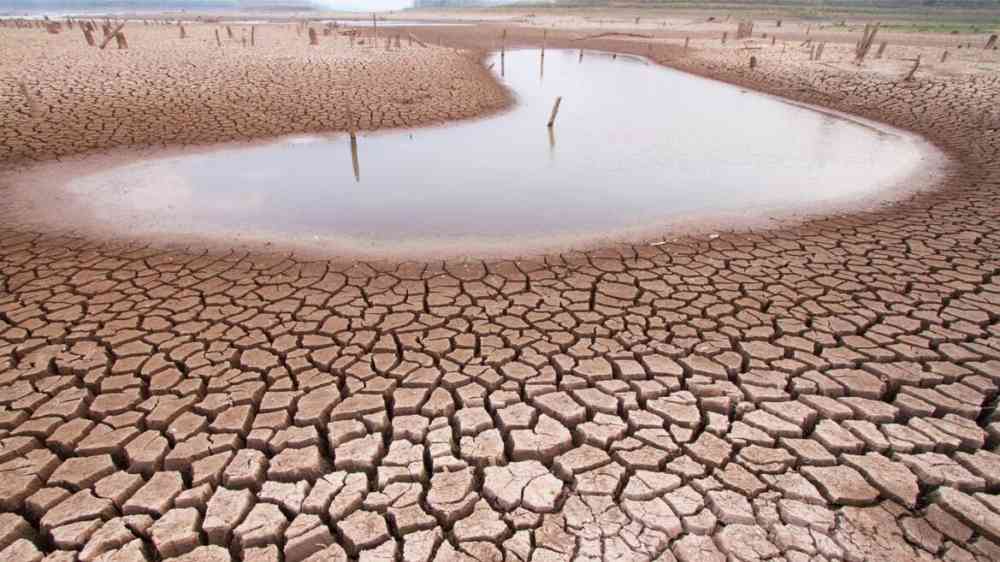A UN-affiliated report has raised urgent concerns over worsening drought conditions across Eastern and Southern Africa, warning of devastating consequences for millions already facing food insecurity. Countries hardest hit include Ethiopia, Zimbabwe, Zambia, and Malawi, where widespread crop failures, livestock deaths, and dwindling food supplies are unfolding.
Maize and Wheat Crops Devastated
Staple crops such as maize and wheat have been severely impacted. In Zambia and Malawi, prolonged dry spells have decimated harvests, threatening national food reserves and increasing reliance on imports. In Ethiopia, once-reliable rainy seasons are becoming unpredictable, leaving subsistence farmers struggling to sustain their livelihoods. Both wheat-growing regions in Ethiopia and maize belts in Southern Africa are seeing dramatic yield losses, compounding already fragile food systems.
Livestock Losses Deepen the Crisis
Beyond crops, livestock deaths are mounting as grazing lands wither and water sources disappear. In Zimbabwe, herders are losing cattle and goats to thirst and starvation, erasing critical family assets that typically act as financial safety nets. Pastoralist communities across the region remain among the most vulnerable.
Millions at Risk of Hunger
The UN warns that the combined impact of failed harvests and livestock losses is pushing millions closer to famine. Rising food prices across local markets are worsening the strain, making staples increasingly unaffordable. Humanitarian agencies estimate that millions across affected countries will require urgent food aid in the coming months.
Climate Change Intensifying Drought Cycles
Experts point to climate change and recurring El Niño weather patterns as key drivers behind the worsening drought. Both Eastern and Southern Africa are being recognized as climate hotspots, where rising temperatures and shifting rainfall patterns are overwhelming ecosystems and communities.
“Without significant investment in climate adaptation, the region risks recurring humanitarian crises year after year,” the report warned.
Urgent Calls for Action
The report urges governments, donors, and partners to rapidly expand emergency food aid, water access programs, and support for farmers and herders. Long-term priorities include investing in irrigation systems, developing drought-resistant crops, and strengthening early-warning mechanisms. Humanitarian groups caution that delays in action could lead to widespread malnutrition, displacement, and instability.
Looking Ahead
As drought conditions worsen, the crisis underscores the region’s vulnerability to climate shocks. The UN warns the coming months will be decisive in determining whether communities can withstand the drought—or sink deeper into food insecurity and poverty.

